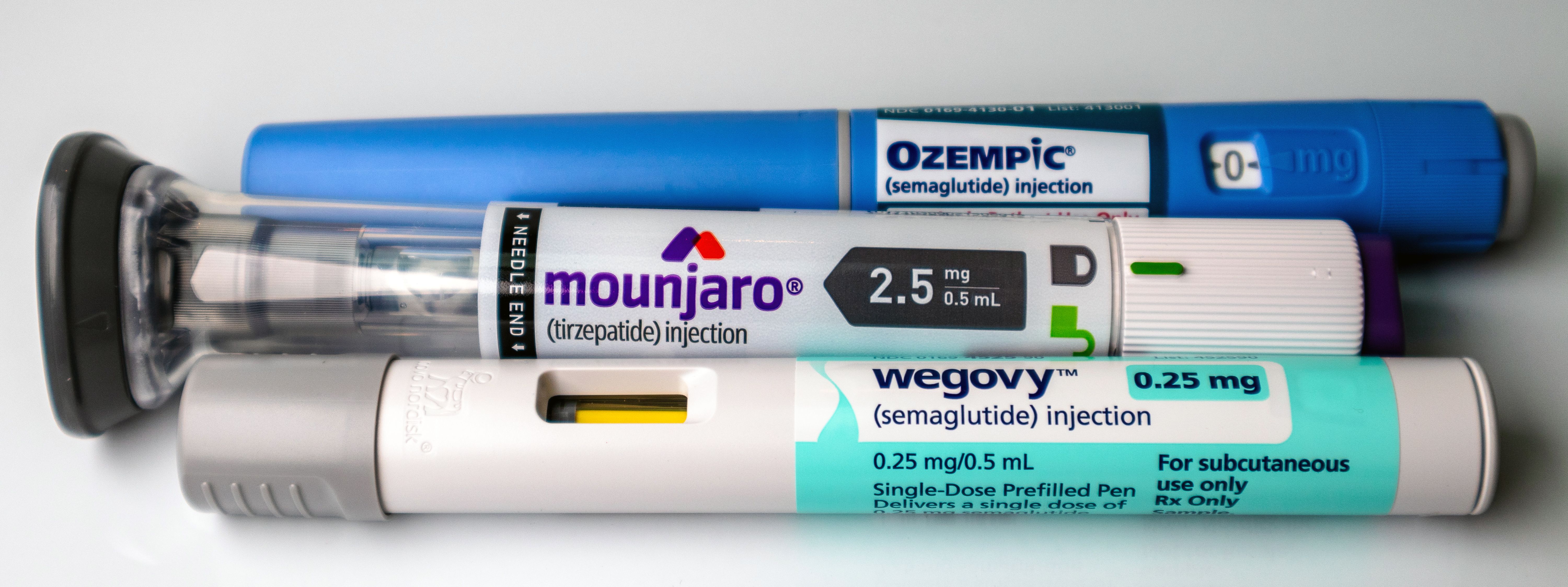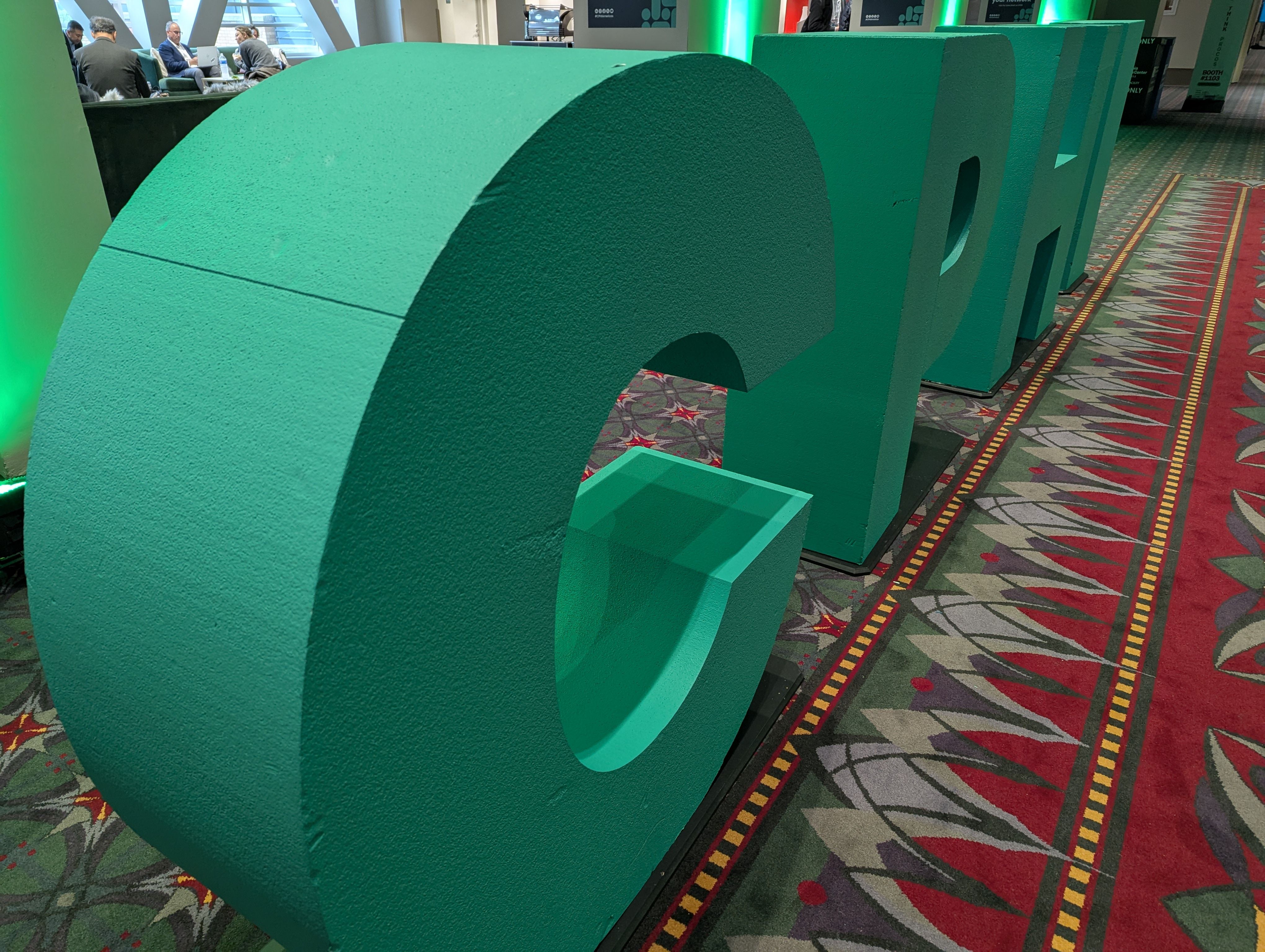Article
Baxter International Plans to Open R&D Center for Baxalta
Author(s):
Baxter International announced it will form a R&D center in Cambridge, Massachusetts for its new biopharmaceutical company, Baxalta.
Baxter International announced on Sept. 29, 2014 that it will form a R&D center in Cambridge, Massachusetts for its new independent global biopharmaceutical company, Baxalta. The company expects to enhance its innovation pipeline—focused on hematology, immunology, gene therapy, and biosimilars—allowing them to improve patient care.
Cambridge was chosen for the new R&D space because of the rich biotech community present in the area. Cambridge launched an initiative in May of 2014, along with four other cities in Massachusetts, called the Life Sciences Corridor. This initiative encourages the growth of labor forces, research universities and hospitals, R&D districts, and venture capital resources by offering mass transit connections between the five cities (Cambridge, Boston, Quincy, Somerville, and Braintree) focused on the life sciences sector.
Corporate Headquarters for the company will remain in Illinois with R&D operations remaining active in Vienna, Austria. Some individuals working in R&D positions in California and Europe will relocate to the new R&D center in Cambridge, where the company expects approximately 400 employees will be situated.
Baxalta is expected to become a separate entity in 2015, however Baxter anticipates that the first phase of the 200,000-sq-ft leased space will be open by the end of 2014.
Sources:
Baxter International Cambridge
Newsletter
Get the essential updates shaping the future of pharma manufacturing and compliance—subscribe today to Pharmaceutical Technology and never miss a breakthrough.




